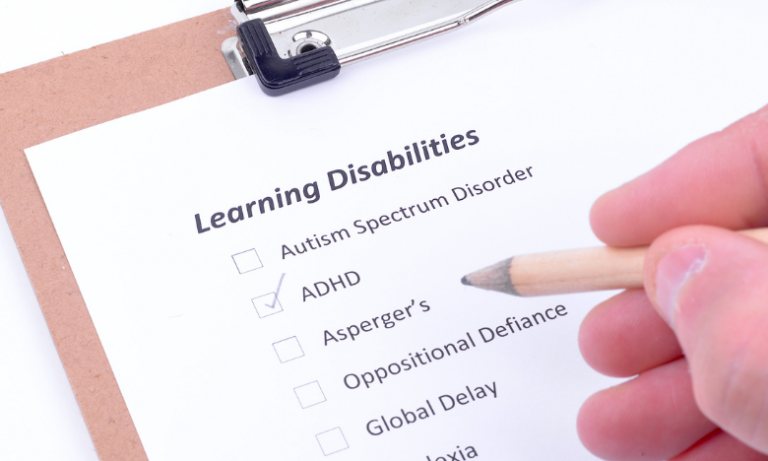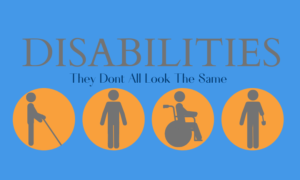What Are Learning Disabilities

What Are Learning Disabilities
The question about what are learning disabilities and how to manage them is something on minds of parents whose children are struggling with learning at school. Learning disabilities cover a wide range of challenges children face in school and at home, affecting how they learn. These neurological difficulties affect a child’s reading, writing, learning mathematics and social and motor skills. A child with a learning disability may also have problems in focusing, organisation and listening comprehension. These skills are essential for success at school, at the workplace, and coping with life in general.
What are Learning Disabilities – Definition
In India, the Rehabilitation Council of India (RCI) defines learning disabilities as – “a disorder in one or more of the basic psychological processes involved in understanding or in using language, spoken or written, which may manifest itself in an imperfect ability to listen, speak, read, spell or do mathematical calculations. The term includes such conditions as perceptual handicaps, brain injury, minimal brain dysfunction, dyslexia and developmental aphasia. However, the term does not include children who have learning problems which are primarily the result of visual, hearing or motor handicaps, or mental retardation, emotional disturbance or environmental, cultural or economic disadvantages.”
Learning disabilities (LD) usually fall into four broad categories:
- Reading and language processing skills
- Fine-motor and handwriting skills
- Number and arithmetic skills
- Reasoning, organisation and integration of ideas and thoughts.
The most commonly known learning disabilities are dyslexia, dyscalculia and dysgraphia, among others.
Learning disabilities can vary significantly from person to person, even within the same type of learning disability. For example, there are two children with dyslexia; one child may struggle considerably with reading while another child may only have problems reading aloud.
ADHD and dyspraxia are not learning disabilities but are neurological disorders that impact the brain’s parts that help children plan, focus on, and execute tasks.

Generally, children with learning disabilities learn and understand differently; there appears to be a gap in their potential and actual achievement. Learning disabilities are also sometimes referred to as “hidden disabilities” as the disability is not visible. A child may look “normal” but cannot perform at a level expected from someone of their age.
As parents, you might worry about your child’s future if you think your child has a learning disability. Remember, a learning disability is a lifelong challenge; there is no cure or fix for them. However, with appropriate support and intervention, learning disabilities can be managed significantly, giving children a chance to succeed in school, at home, at work, in relationships, and in society.